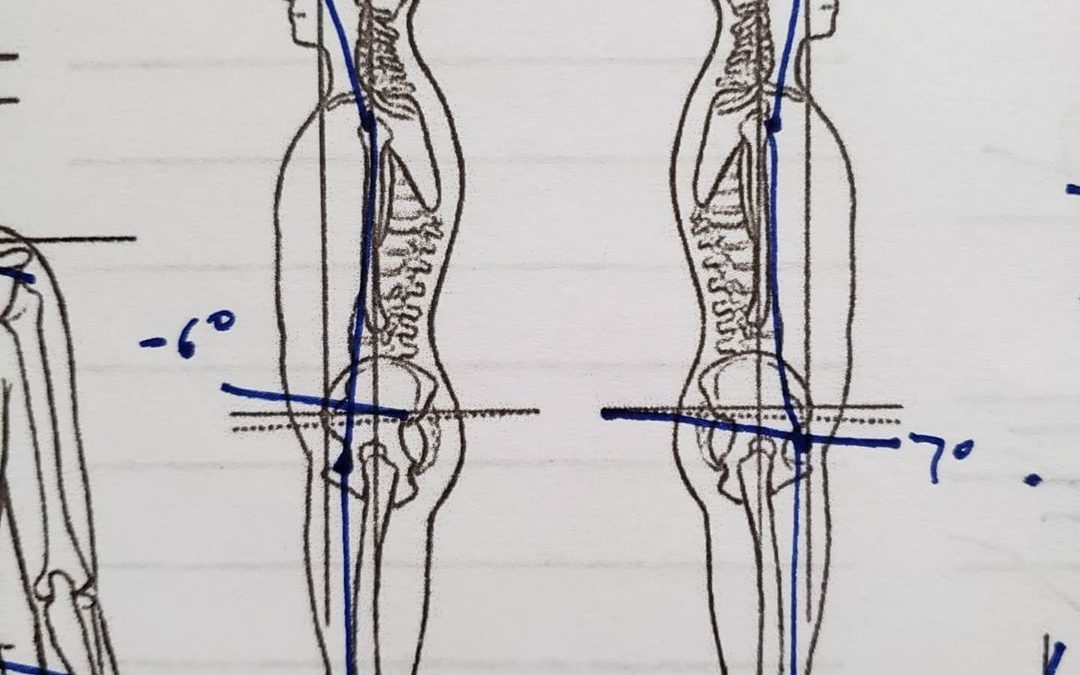By Dan Vidal
A patient of mine began suferring from chronic knee pain several years ago after a rigorous hike in the mountains. The next day she was in excruciating pain. Soon after she was diagnosed with CRPS (Complex Regional Pain Syndrome) and scheduled for arthroscopic knee surgery.
The surgery did nothing for the pain, and she has since been walking with a cane and doing everything she can (PT, acupuncture, etc) to help improve her symptoms of pain, tightness and restricted range of motion in her knee.
In the few months that I have been treating her, we have mostly worked on the affected knee, hip, and ankle. After surgical intervention, it is crucial to help realign the collagen fibers of scar tissue that form in response to the trauma. Working on the corresponding hip and ankle helps improve range of motion, restore kinesthetic awareness, and allows the joints along the same kinetic chain to move freely enough for the body to feel safe enough to rely on the affected leg for support once again.
This treatment strategy has given her some relief, but has left something to be desired in terms of long term improvement.
That is until the other day when I was flipping through her file before our session and noticed something that I had overlooked.
During our very first session, her Neurosomatic postural assessment revealed that she had what we call a flexion disorder. This means that her two hip bones (inominates) were severely rotated in opposite directions. This places a great deal of torque on the sacrum, and can significantly inhibit proper gait mechanics.
After measuring her again and confirming that she still had the flexion disorder, I went to work – releasing her glute medius, minimus and her hamstrings on the extended side of her pelvis. I measured again at the end of the session and the flexion disorder was virtually gone!
She felt so good after the treatment that she almost walked right out of the clinic without her cane. Since then she has felt comfortable enough to spend long hours working in her garden without any issues.
Good record keeping and review is key to making long term progress. Sometimes the answer is right there hiding in plain sight!
If you are suffering from similar symptoms and wondering if Neurosomatic Therapy can help, dm us or hit the “Book Now” button to schedule your Free 20 min Zoom consultation.

